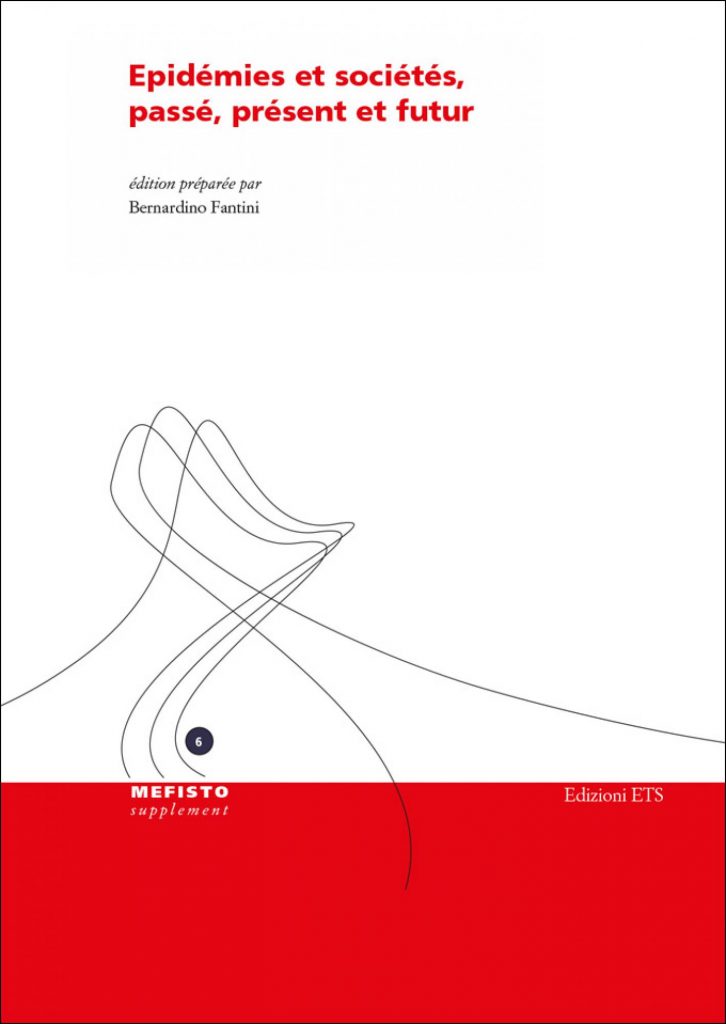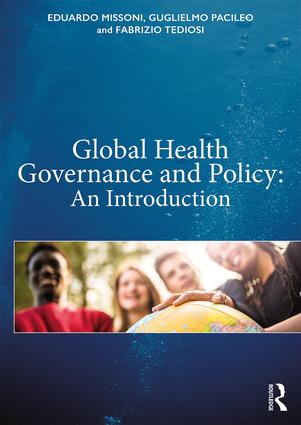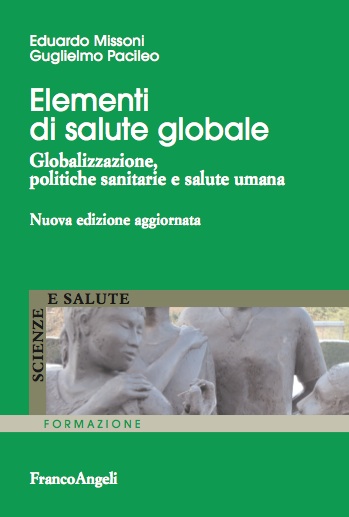
One of the most debated aspects in the fight against the current Covid-19 epidemics is the development of a vaccine.
Through the media the public is repeatedly led to think that only the vaccine will be the solution and only when a vaccine will be available there will be a solution.
A position that justifies a frenetic rush toward the development of a vaccine (with the risk of enormous public investments, but private returns).
However, there are at least two aspects that are not taken seriously into consideration:
1. Information about the intimate immunologic response to Sars-Cov-2 virus (the etiologic agent of Covid-19) is still very limited and does not offer yet a clear and safe path to is development
2. To develop a safe and effective vaccine may take years (not months), poses significant technical and ethical challenges and success is by no means granted. Researchers are working on a vaccine against HIV-Aids since about 40 years and a vaccine is still not available.
3.The virus is only the very last ring of the chain, there are many upward determinants to be considered (social, economic, environmental, cultural, political) in the fight against the disease (not just the virus) and for health. A response that cannot be, but systemic.
Thus the question is: “Why so much, almost exclusive emphasis on a vaccine?”
In 2016 in the context of the international conference on “Epidemics and societies, past present and future” (which took place in Geneva) I presented a paper on the subject “The political economics of epidemics” (published 2017). Below, I reproduce a few paragraphs of that work which may contribute to answer the question.
Significant new global resources are being proposed and mobilised for emergency responses. Assessment tools and reporting systems are being discussed in the WHO, with some proposals for new global mechanisms, global financing facilities and independent assessment by global actors. However “global health security” appears to be reduced to emergency responses and infectious disease control, without considering necessary measures to be taken at local and national level within countries, and cross border, to strengthen health systems’ capacity to provide universal access to care, starting with primary health care and health promotion at community level.
For example after the Ebola epidemic the most notable improvements were in surveillance and laboratory capacities. There has been investment in surveillance and laboratory capacities in Africa through an Integrated Disease Surveillance Response, and international support for African and sub-regional communicable disease control centres for detection and early warning of infectious disease risks. However, scarce if any progress was seen, for example, in capacities to deal with chemical and food safety risks, suggesting that while the region may be better prepared to deal with infectious disease epidemics, this may not be the case for other public health risks, including NCDs, whose anticipated unaffordable costs will threaten individual and collective health security.
In addition, the global health security approach gives no attention to the promotion of public health through public policies beyond the immediate competence of the health sector, to control or at least to reduce the impact of the determinants that we have described above.
In this context, the international response to epidemics is also biased by the need to “avoid unnecessary interference with international traffic and trade”.
The epidemic of Bovine spongiform encephalopathy (BSE) in British cattle that started in 1986, reached its peak in 1992. When the first cases of human BSE appeared in 1987 the attempt by a government veterinarian to publish a paper describing one of the first cases of BSE, in the south west of England, was suppressed, with the argument “of possible effects on exports and the political implications”.
Too often epidemics also elicit international public interest and mobilization only when they spread beyond the limits of the poorest countries. The global response to the recent Ebola epidemic (2013-2016) has been reportedly slow. It was not until August that the WHO declared the 2014 Ebola outbreak a Public Health Emergency of International Concern; this was five months after the first cases were reported to the WHO, 1,779 people already had become infected, 961 had died, the outbreak had spread to Nigeria, and two American aid workers infected in Liberia had been evacuated to the United States. It was only at this time that the outbreak could no longer be seen as a humanitarian crisis affecting a few poor countries in Africa, but instead began to be viewed as an international security threat to developed countries. In September an emergency meeting of the U.N. Security Council was held and the U.N.’s first-ever emergency health mission, the United Nations Mission for Ebola Emergency Response (UNMEER) was established, as “the unprecedented extent of the Ebola outbreak in Africa constitutes a threat to international peace and security”. Even colonial legacies became obvious in the organization of Ebola response, with military assistance being delivered along old colonial lines.
The emphasis on the technological response is another common aspect of global response to epidemics, that distracts from the underlying causes of the outbreak, and from much needed strengthening of health systems, facilitating access to services and public health interventions. The current system of drug and vaccine development follows the market and favours chronic diseases that primarily affect people in the developed world, rather than neglected and infectious diseases likely to cause epidemics. However, in presence of ‘transnational’ epidemics emphasis is put on search for a vaccine or a drug, often perceived as a ‘magic bullet’. It was not until the ‘transnational’ Ebola epidemic that investments were mobilized in search of a ‘last-minute’ vaccine, and eminent personalities such as Bill Gates, Jeremy Farrar of the Wellcome Trust, and Seth Berkley of GAVI The Vaccine Alliance called for funding additional research into drugs, vaccines, and diagnostic tests, as well as creating a system for accelerating the approval of these interventions during a crisis.
Similarly, as soon as the Zika epidemic hit the top news, much emphasis was put on the need to develop a vaccine, rather than on the relation of the disease and its vector with poor urban peripheries and the urgent need to intervene with sanitation and waste control, and to provide adequate global investments for that purpose.
. . .
Conclusions
The determinants of old and new epidemics, including the increase of non-communicable diseases in an epidemic fashion, are deeply rooted in the way societies are structured. With the acceleration of globalization and the hegemony of the neoliberal development model, not only infectious diseases spread faster without borders, but also new pandemics linked to unhealthy lifestyles and environmental degradation have become part of humanity’s common planetary destiny.
Clearly, the global fight against XXIst century epidemics cannot be narrowed to one of emergency responses to infectious disease. Instead, it also needs to extend to NCDs and identify, and act on their social, economical, political and environmental determinants.
Medical rescue processes and public health interventions in response to epidemics are last resort measures. Technical fixes to health problems tend to leave the social and economic determinants of health, and the relationships that underpin them, untouched.
Resources are indeed needed to deal with emergencies and their economic and social impacts, nevertheless a health sector response to preventing and controlling epidemics needs to be based on long term health systems strengthening. This starts locally, within countries and particularly with the comprehensive primary health care, universally accessible services, social protection, and public health approaches capable to identify, prevent and manage risk before it grows into an epidemic.
However, many determinants of epidemics and in general of global health security, lie outside the health sector and the traditional domain of health authorities, and are heavily related – as global health in general – with processes of production and consumption, with societal structure and social, economic and political processes, interests and influences, prompting the need for a global governance that would make equitable health the priority in all sectors (e.g. agriculture, commerce, industry, education, environment) in which public policies are developed and negotiated. Prevention of epidemics must thus bring epidemiological knowledge to bear on political processes that are collective and involve challenges to economic and social institutions that will certainly meet political opposition, and will thus require appropriate strategies and alliances to be faced.
To modify the structural drivers of epidemics will require a combined global, national and local action redirecting the hegemonic growth-based development model which is not sustainable, socially inequitable, and globally unhealthy. Such a paradigm shift necessarily needs a substantial reorientation of policies at national level in addition to citizens’ engagement at community level. Local and national action in turn, cannot leave out the complexity of the globalized world and the need to control transnational forces influencing our everyday life and finally our health, through institutions and policies able to do so.
. . .








